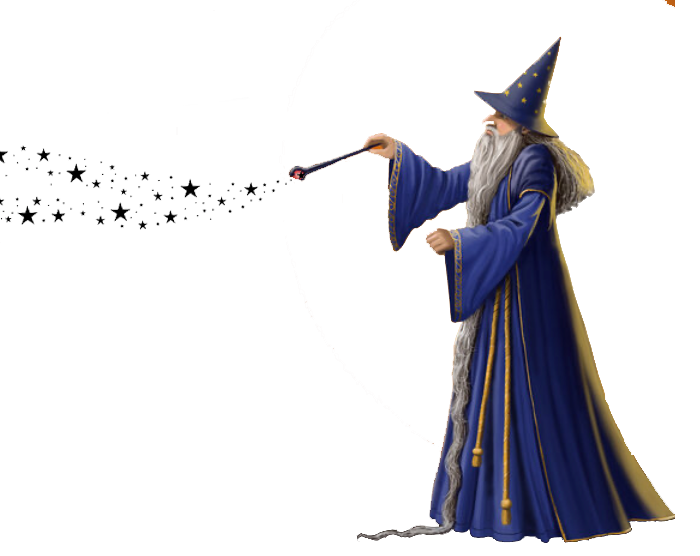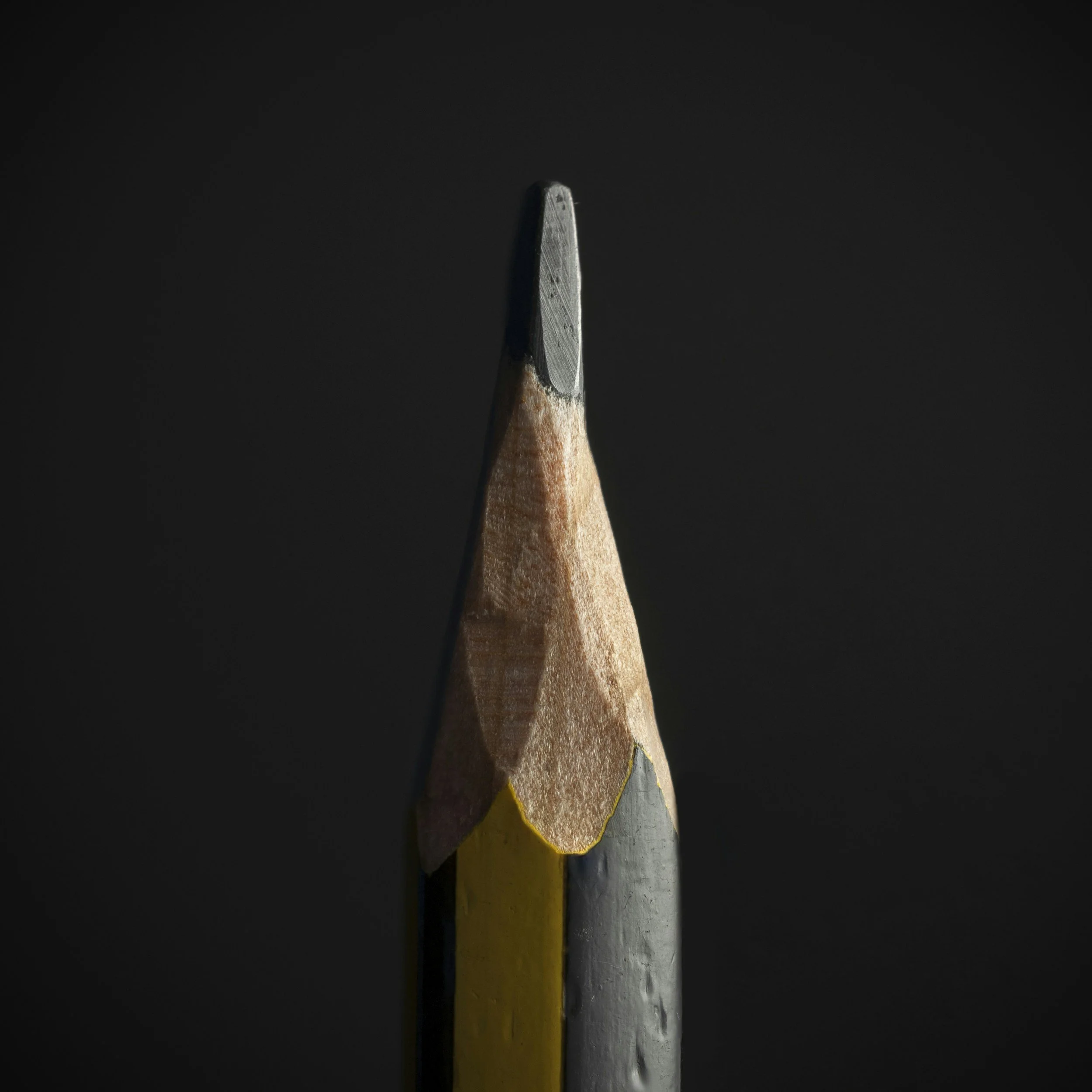Ai - a magic bullet or a blank?
Today, artificial intelligence is reshaping the creative landscape. It challenges designers to rethink how ideas are conceived, developed, and brought to life. It also raises important questions about authorship and originality.
Are we now questioning the soul of design itself? I think that’s a real possibility. To move forward, perhaps we need to decide—should we see AI as a collaborator or a competitor? I lean toward the former.
If you rely entirely on AI to create a logo, you risk ending up with something that looks like everything else out there. AI “reads the room”—it pulls from existing data, including trends. So to truly stand out, you need to customize your design solution using your experience and focused insight. Remember: AI is collected data. You are not.
Don’t ignore AI—learn how to use it and get started. Tailor it to your client’s goals and target audience. Recently, I designed logos for two startups. One had an existing design direction with a narrow audience; the other had virtually no defined requirements. For the first, the time frame was tight and parameters were set, which meant I had to move quickly and precisely. That’s where experience kicks in—knowing how to analyze constraints, refine options, and execute with focus. The second project was more open-ended, with a looser timeline and a wider defined audience. There, AI became a helpful tool for inspiration—offering a wide range of visual and typographic directions that sparked new ideas and momentum.
Being enamored with the magic - It’s easy to be enchanted by AI’s speed and capability. The idea of a “silver bullet”—a simple, seemingly magical solution to a complex problem—comes to mind. Is AI that silver bullet? Maybe… but while its speed is impressive, don’t be fooled by the shortcuts. AI lives where code meets creativity—a purely mathematical system that can’t replace human nuance and instinct.
So, what is AI fluency, and how can it be used as a design competency? AI fluency means staying current with emerging tools, understanding what they do, and learning how to use them strategically. It’s about combining the magic of AI’s speed and variety with your own intuitive understanding of nuance, context, and audience. Staying up-to-date helps you remain competitive.
As we all begin using the same fast, efficient tools, design work risks feeling homogenized. AI doesn’t understand emotion or context—it only mimics them. That’s why you should use AI to accelerate your process, not replace it. Let it inspire you with unexpected styles and directions, but always review its outputs critically. You’re the author, the designer, the curator. Question everything it produces.
AI is, at its core, an algorithm—a reflection of what’s already out there. It’s up to you to interpret, refine, and push beyond those reference points. In the final analysis, design remains a human craft. Sketching is still a human act. And AI? It’s simply the fast-forward button.
(ps - for a further example about this issue, checkout this article about Paula Scher of Pentagram and Bruno Bergallo - brilliantly designing and developing an extremely complex website - and used amongst many tools, Midjourney - wow, she is my hero! - https://tech.yahoo.com/ai/articles/comments-were-very-nasty-paula-130059711.html)
— the brand auditor —



